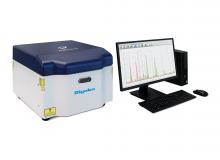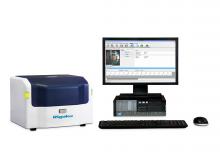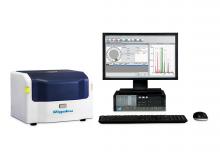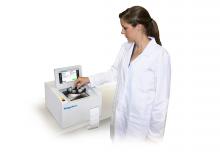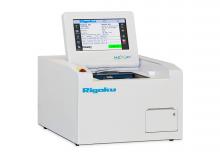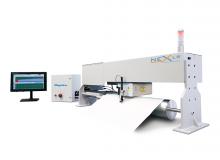Background
In the processing of nickel, typically lateritic ores or sulfidic ores are first crushed and milled to a fine powder. Water is added to create a pumpable slurry, which is treated with reagents during the flotation process in order to concentrate the nickel. Smelting processes the concentrate further, creating nickel-rich matte, while impurities are removed as slag. The matte, rich in base metals, is then converted and leaching processes create a separate stream of nickel. A copper stream is also produced, as lateritic and sulfidic ores are often rich in copper, as well. The nickel and copper streams are further purified in preparation for electro-winning to produce anodes of pure nickel and copper. The resulting slag from the smelting process is further processed to recover base metals and the PGMs. Slag composition can also be used to monitor the health of the kilns in determining tear-down time to prevent catastrophic failure.
EDXRF products from Rigaku
High-performance, Cartesian-geometry EDXRF elemental analyzers for measuringes Na to U in solids, liquids, powders and thin films
Low-cost EDXRF elemental analyzer measures Na to U in solids, liquids, powders and thin-films
Performance EDXRF elemental analyzer measures Na to U in solids, liquids, powders and thin-films


